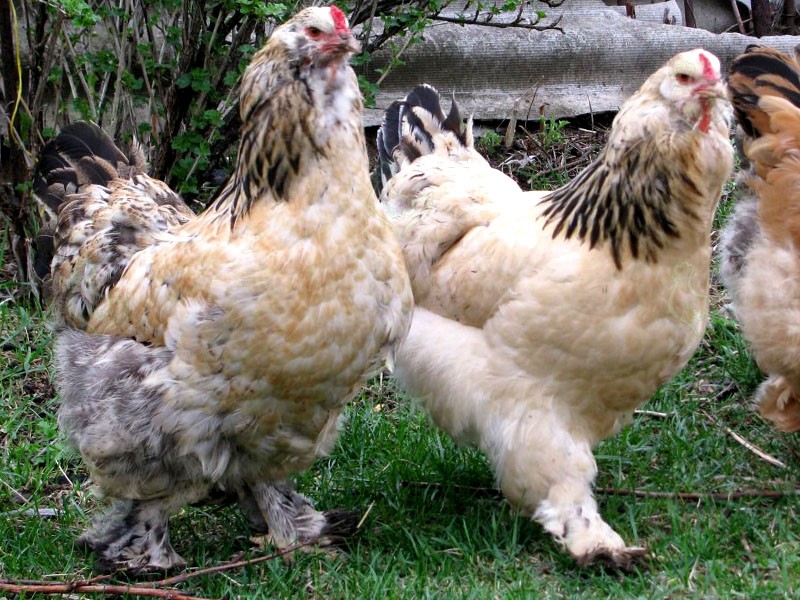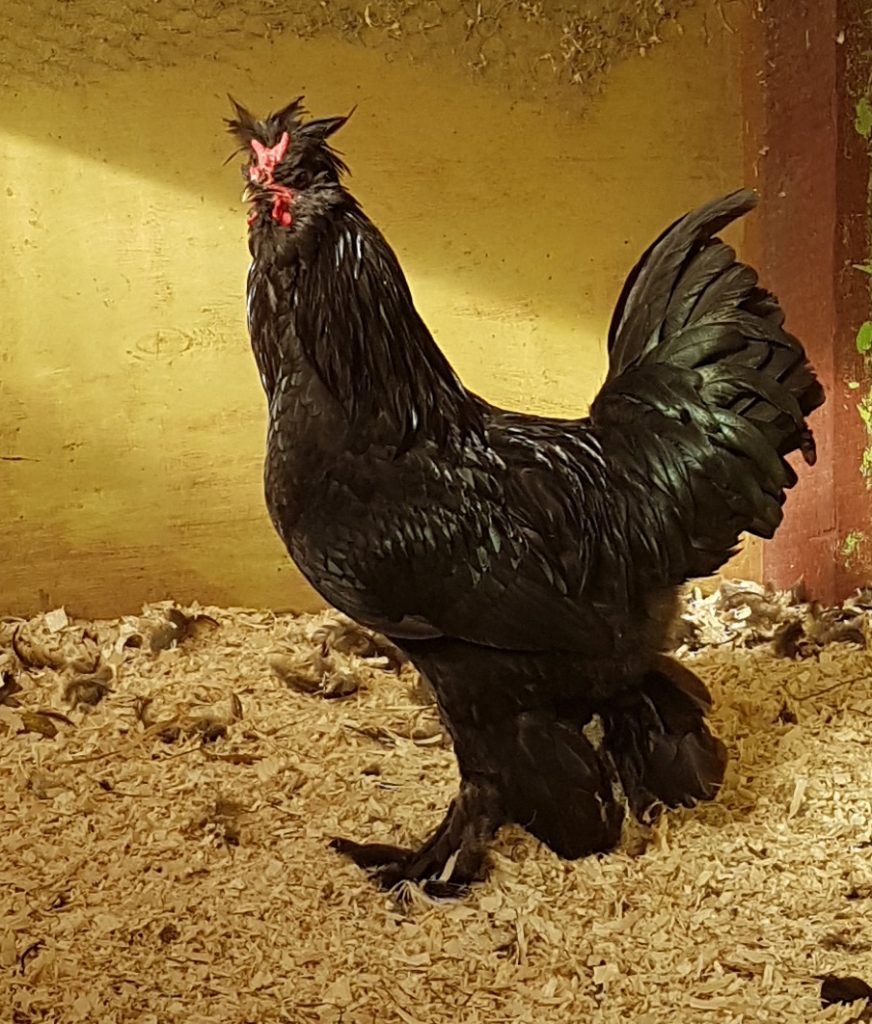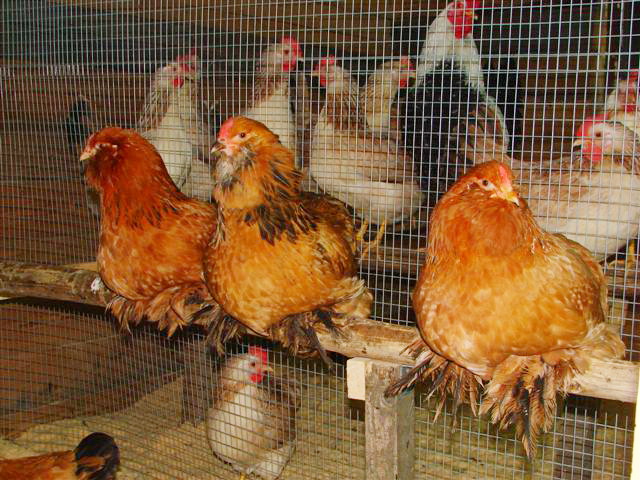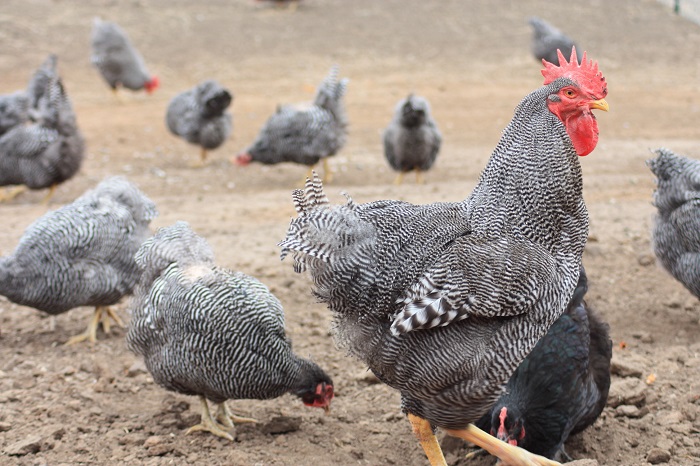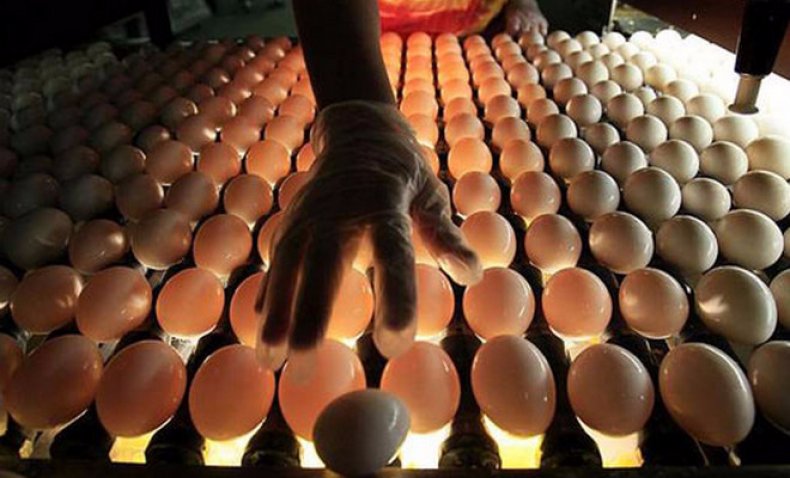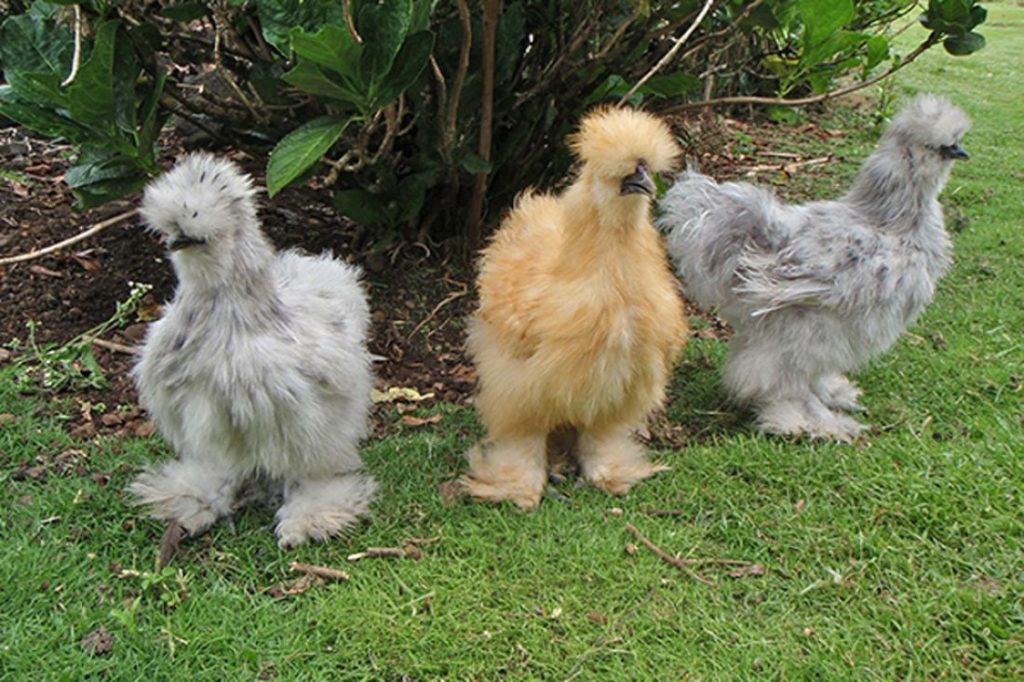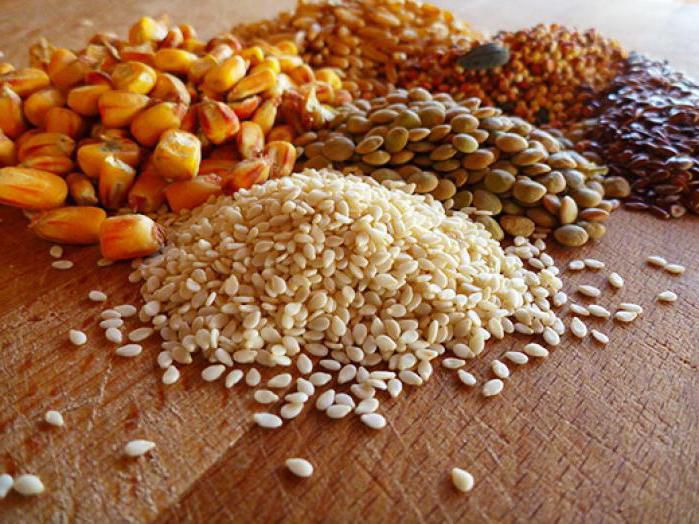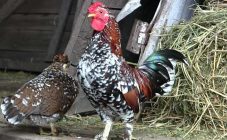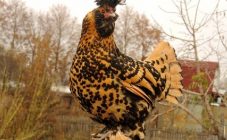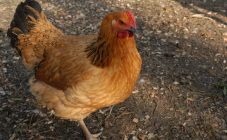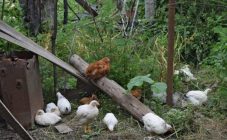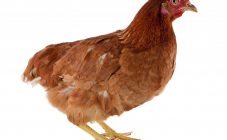Content:
Every year the variety of chicken breeds increases. Breeders cross and breed a new variety of poultry each year. Many believe that the fur-legged chickens, whose legs are covered with feathers, were among the latter. These decorative breeds adorn the farm, adding variety.
Ornamental chicken breeds
Chickens with shaggy legs - what breed? Rare and expensive? Not at all. Shaggy chickens are not considered rare breeds, since the first specimens began to appear more than 100 years ago. Despite the smaller volume of products obtained from such birds, the demand for them is growing every year. Today, the most popular are:
- Siberian Upland;
- Ushanka;
- Brahma;
- Cochinhin;
- Faverol;
- Sultanka.
Characteristic feather pants give the chickens an unusual look. Chickens with furry legs are a frost-resistant breed. Some even have higher egg production in winter than in summer.
Siberian Beetles
Bred in Russia, the Siberian Upland is a restored chicken, so they look more like wild birds than domestic ones. Chickens with furry paws of this population are in great demand in the market.
The first thing that falls on the eye is excessive feathering on the legs and a crest hat on the head. A small scallop is completely hidden under the tuft. Shaggy legs are dense, reaching the nails. These characteristic differences are not without reason, but for protection from the cold.
Another notable characteristic of the Siberian Upland is a long and thick beard. Moreover, the sex of the bird does not matter. On the big head of the Siberian Siberian there are tanks that almost completely hide small white lobes and a red face. A short neck is covered with a thick, feathery mane. Shaggy chickens have a wide back, chest and powerful tail.
The feather in most cases is black, but there are cuckoo and white colors. In the poultry yard, the look of a disheveled white rooster is a kind of exotic.
The Siberian hen is a good laying hen. She can produce up to 180 pieces of large eggs per year, about 60 g each. The weight of an adult bird is about 1.8 kg, and a rooster is 2.7 kg.
The Siberian is a mobile, but calm bird. It tolerates frost well, but the heat does not frighten. The main thing that a hairy chicken needs is water and the ability to hide from the sun. Upland chickens of this breed quietly row in the snow, even pecking it instead of water.
Having a livestock of Siberian Upland Chickens in the yard, you can get:
- up to 180 large eggs per year;
- carcasses about 3 kg;
- high fertilization of eggs.
Shaggy-legged Ushanka
She is often referred to as "the proud hen in the pants." Chickens of the shaggy-legged Ushanka are incredibly charming, but very stately. This is a new breed based on Orlovskaya and Pavlovskaya.
The color of the Ushanka's feather is always light brown, each limb is covered with a small feather, there is a beard under the beak. A small chicken seems huge due to its plumage. The weight of the hen reaches 2.5 kg, the cockerels - 3 kg.
On the bird's head there is a beautiful neat crest, a very strong beak. Sideburns also attract attention.
The chicken will fly from the age of six months, bringing 160 eggs a year.
The breed does not pretend to have any special content. Since the Ushanka variety belongs to birds of increased plumage, it is necessary to periodically carry out prophylaxis of the chickens and chicken coops themselves to prevent parasites.
You can feed Ushanka to everyone, they are unpretentious in food:
- meal;
- millet;
- bran;
- table waste;
- weeds;
- corn;
- compound feed.
An extraordinary chicken has undoubted advantages:
- unusual appearance;
- good egg production;
- friendliness to other birds;
- unpretentiousness;
- attractiveness;
- great character.
Also, unpleasant moments need to be added to the description:
- low prevalence creates a certain chicken deficit;
- the fluffy cover of the paws is an excellent home for parasites;
- shaggy feet carry a lot of dirt onto the litter.
Chickens Dominant
The Dominant chicken is a real giant. An adult rooster can weigh more than 3 kg. Their color is light, the chickens, on the contrary, are all dark. Dominants are distinguished by their endurance, unpretentiousness.
The birds themselves are squat. The earrings and crest are bright scarlet, the wings fit tightly. The short legs are yellow. Egg production is at the highest level - almost 310 large eggs per year.
How to raise chickens
A thoroughbred hen (shaggy laying hen) produces eggs suitable for breeding. Growing chickens is carried out in several ways: incubation, laying hens, purchase.
Incubation cultivation
Selected eggs suitable for incubation should not have a shelf life of more than 10 days. They should lie with good air circulation, in a horizontal position, periodically turning over.
For incubation, select a product that has a smooth surface, average size, regular shape, without spots. Eggs are not washed. A high temperature is set in the incubator, maintaining it for 5 days.
The incubation period is approximately 20-21 days. There are practically no losses.
Laying hen
Sibirki and Ushanki are considered the best hens. For other breeds, special conditions must be created so that they are not afraid, other chickens do not climb into their nest, otherwise the brood hen will immediately abandon its business.
Adverse events include the heavy weight of some chickens and the danger of crushing eggs.
Buying chickens
Before purchasing chickens, it is advisable to consult a poultry farmer with the necessary experience. You need to buy from breeders with a good reputation, since babies are difficult to identify in the early days. Buying at random, you can get a completely wrong breed, since day-old chicks can be called in different ways, and an unfamiliar seller can deceive.
Further care
Chickens of shaggy hens are treated with great care. They are given special conditions:
- heat;
- purity;
- lighting;
- lack of draft;
- dryness.
The floor of the chicken house is covered with dry sawdust and straw. Heating and lighting devices are mounted, air circulation is provided.
Day-old chicks are kept light for 24 hours, then gradually the daylight hours are shortened by 1 hour. At 2 weeks of age, the chicks receive 8 hours of light.
Feeding
Foods containing a lot of calcium and protein are suitable for feeding.The first decade of the chickens are fed every 2 hours, the next days up to 45 days of age, the interval is increased to 3 hours. Then they switch to 4 meals a day.
Up to 5 days, chickens are given a chopped egg with clover, nettles and boiled millet. This is followed by the tipping point when the egg is canceled and the curd is introduced. From 2 weeks of age, chickens are fed with greens with mixed feed, moistened with yogurt, broth, water. Be sure to introduce additives:
- coarse sand;
- a piece of chalk;
- yeast;
- boiled ground shell;
- meat and bone, fish meal;
- fish fat;
- wood ash.
The chicks are drunk with fermented milk products, clean water, to which they add:
- vitamin formulations;
- antibiotic preparations.
Culling chicks
In every brood there are certainly weakened chickens. They need special care. You can identify such chicks by the first signs:
- constantly empty goiter;
- decreased activity;
- half-asleep state;
- poor appetite.
The rejected chickens are rejected and given special conditions.
In addition, shaggy chickens require an additional floor area of at least 0.5 m² per head. Chicken coops should be well ventilated, and in winter it was possible to artificially increase daylight hours. In the chicken coop, you need to provide enough nests and perches, constant access to clean water. As a care, chickens should be systematically examined for parasites, especially on the legs.
To breed or not to breed fluffy chickens, each breeder decides for himself. If you are interested in a variety of livestock, then this is the best option to become a gimmick. If the selection criteria are good egg production and a lot of meat, then you need to think a hundred times and carefully choose the breed.
